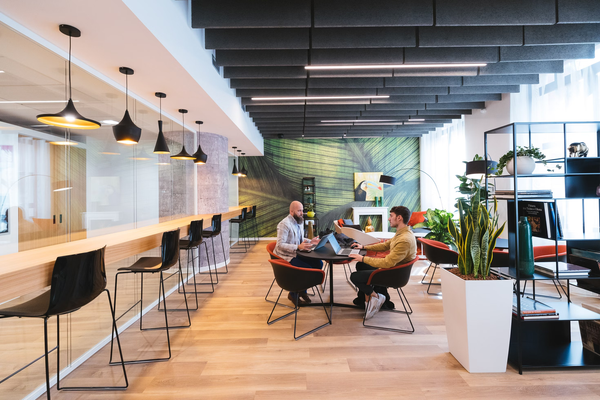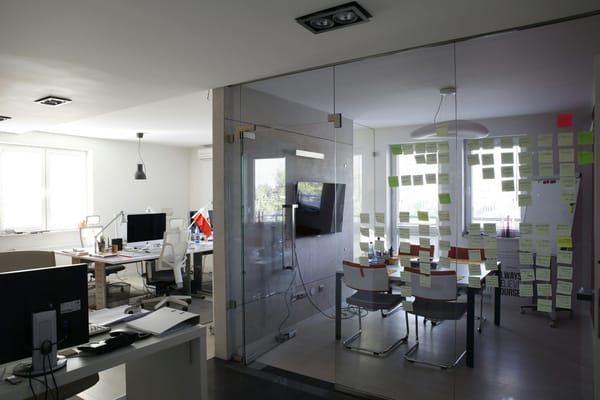
Revolutionizing Office Productivity with Advanced Visitor Management Systems
In bustling office environments, managing the influx of daily visitors while maintaining security and efficiency can be a daunting task. Picture this: a busy morning where front desk staff are inundated with guest registrations, employees are delayed by the process, and visitor information is manually logged, leaving much room for











